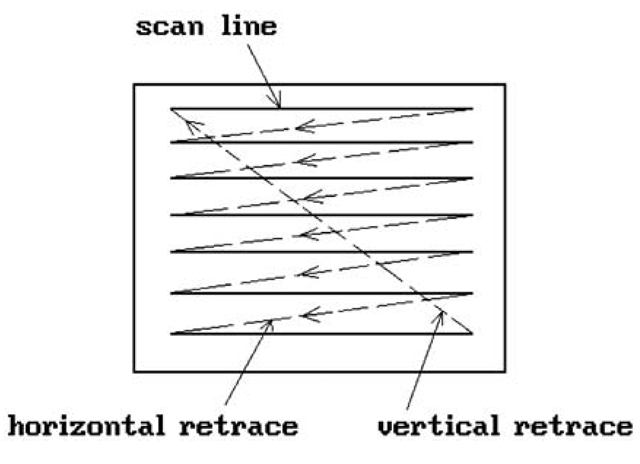

If you use our code, please cite this paper. Python automatically calls GDALAllRegister() when the gdal module is imported. In this example, we will show techniques for loading GIS raster formats using native OpenCV functions. The standard library for loading GIS imagery is the Geographic Data Abstraction Library (GDAL). This toolkit provides a cpp implementation of fast marching and raster scan for 2D/3D geodesic andĮuclidean distance transforms and a mixture of them, and proivdes a python interface to use it. Raster data typically can represent imagery and Digital Elevation Models (DEM). (d) shows the Euclidean distance and (e) is a mixture of Geodesic and Euclidean distance. Steps Resizing the image How are we going to complete our goal of text extraction First we are going to resize the image using cv2.resize with a height value of 1150 and width of 1350 pixels.


" DeepIGeoS: A deep interactive geodesic framework for medical image segmentation." TPAMI, 2018.Ī comparison of fast marching and ranster scan for 2D geodesic distance transform. "Geos: Geodesic image segmentation." ECCV, 2008. Criminisi, Antonio, Toby Sharp, and Andrew Blake. A raster is produced by scanning the slit in discrete steps perpendicular to its long axis, recording an exposure at each position."New geodesic distance transforms for gray-scale images." Pattern Recognition Letters 17, no. is a fundamental step in the pipeline for processing 3D scanned data.
RASTER SCAN IMAGE PYTHON REGISTRATION
"Distance transformations in digital images." CVPR, 1986 Rasters are digital images collected by aircraft, drones, satellites, ground and water-based sensors, digital pictures, and scanned maps. Direct upload of models on SketchFab Raster registration on 3D model based also. "Fast marching methods." SIAM review 41, no. ĭeepIGeoS proposed to combine geodesic distance transforms with convolutional neural networks for efficient interactive segmentation of 2D and 3D images. Raster scan for geodesic distance transform. In GeoS, the authors proposed to use a 3x3 kernel for forward and backward passes for efficient geodesic distance transform, which was used for image segmentation. Raster scan is based on kernel operations that are sequentially applied over the image in multiple passes. The classified images are the output of a convolutional neural network based. Fast marching is based on the iterative propagation of a pixel front with velocity F. You can also upload your own raster data or vector data for private use or. Geodesic transformation of images can be implementated with two approaches: fast marching and raster scan. GeodisTK: Geodesic Distance Transform Toolkit for 2D and 3D Images


 0 kommentar(er)
0 kommentar(er)
